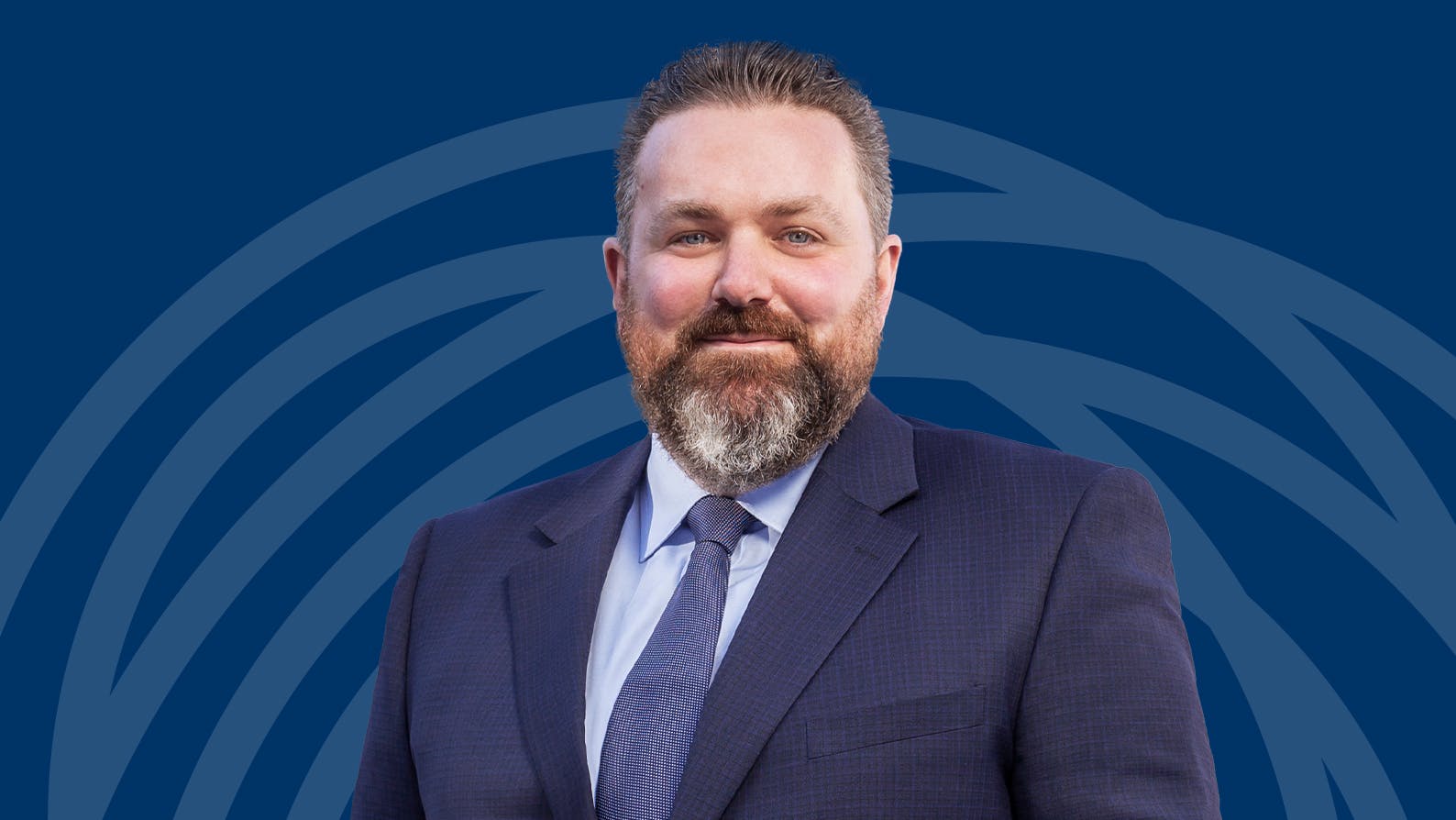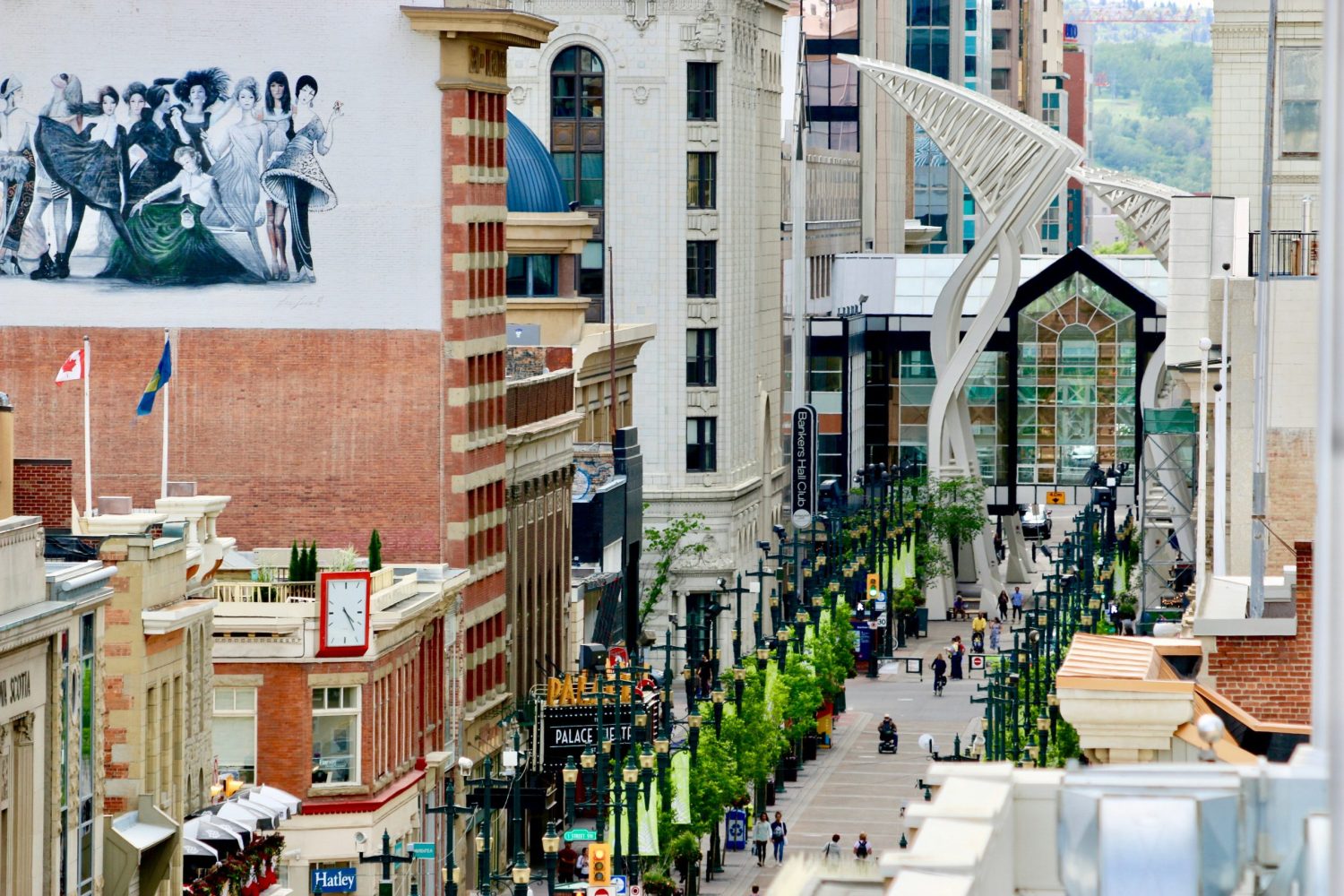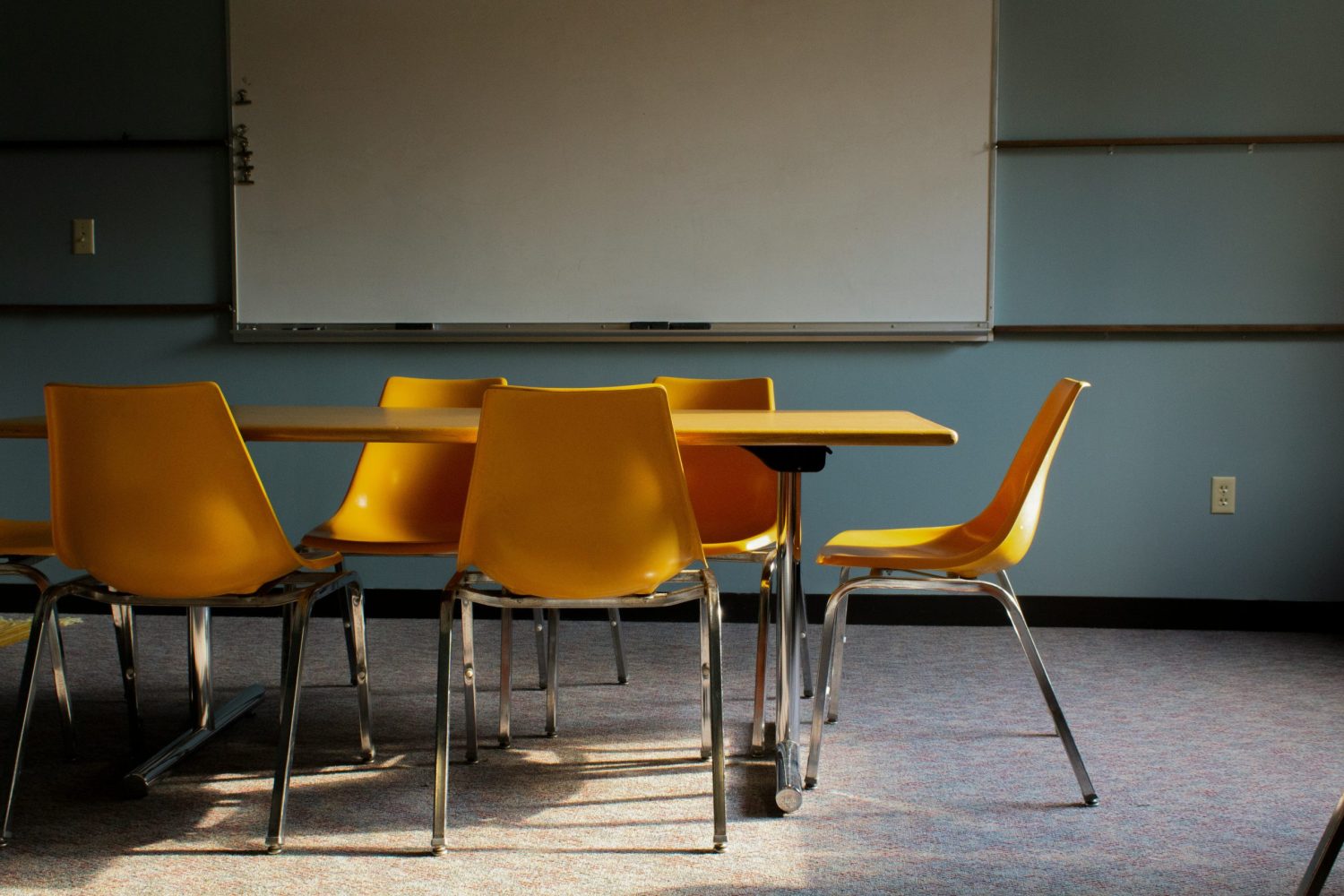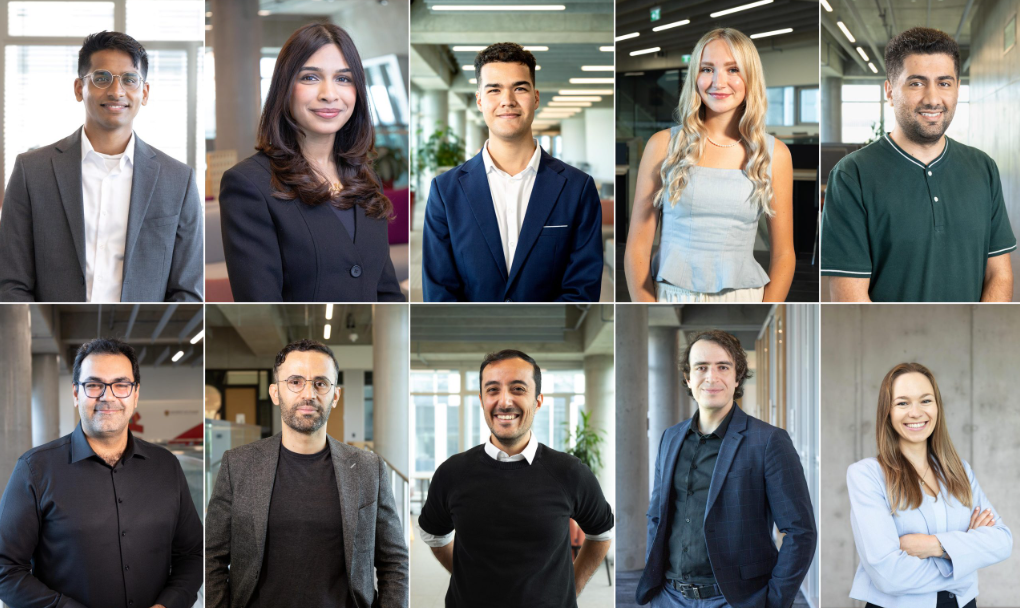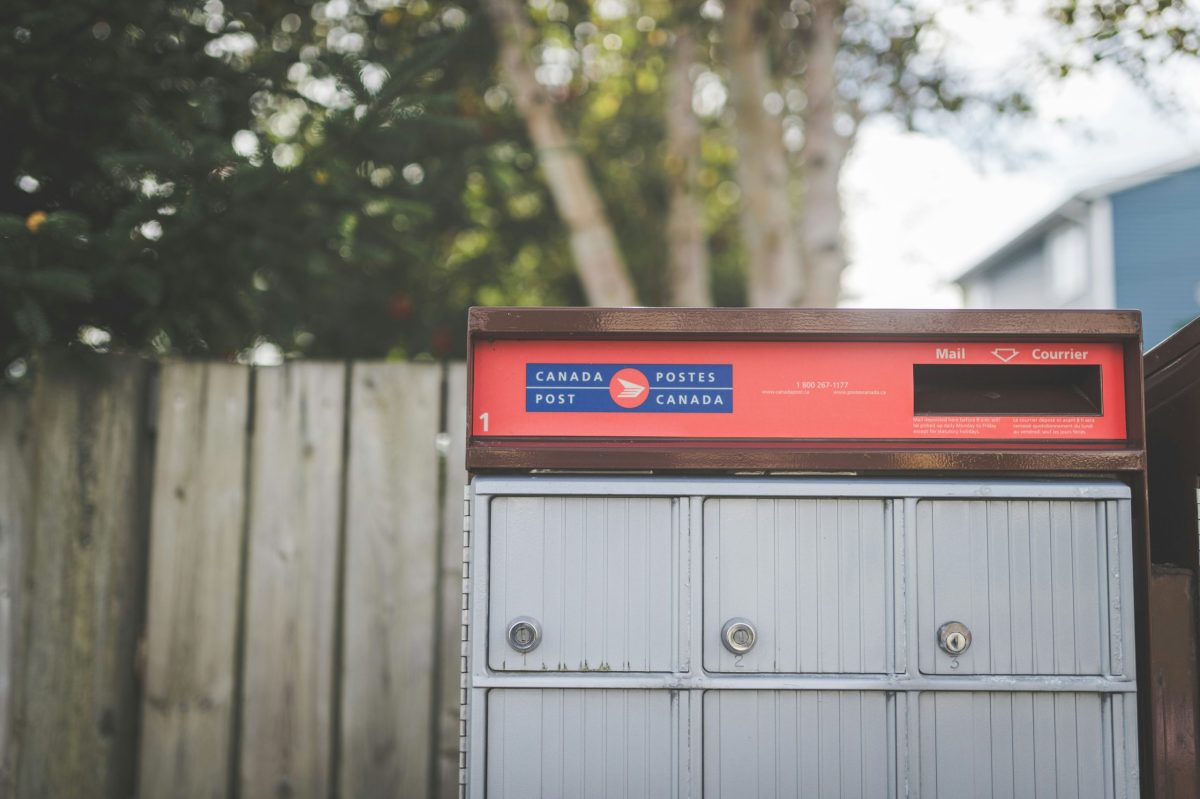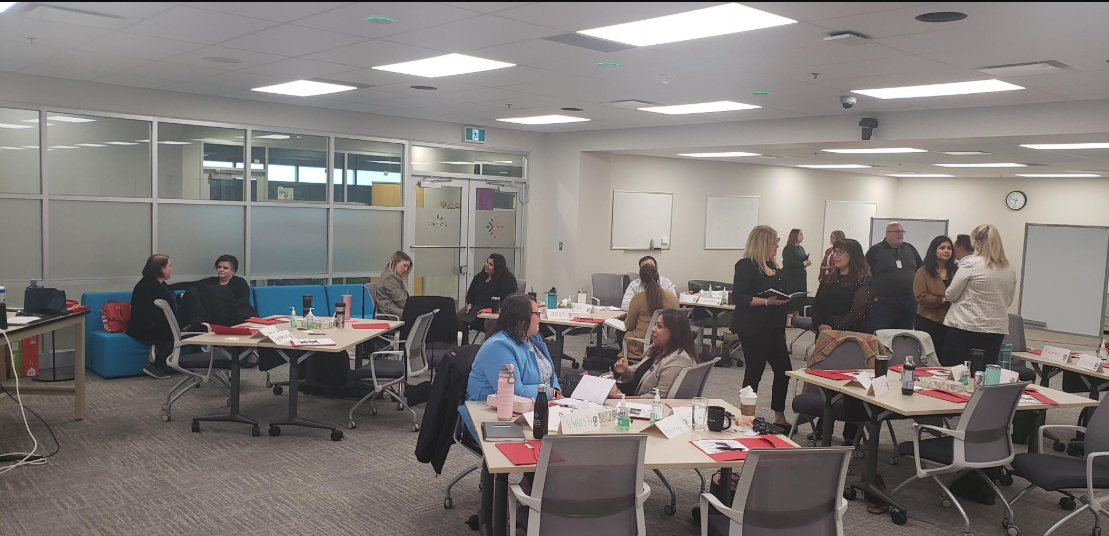Act 1: An unconventional start
When speaking of his journey from New York to Calgary and becoming the CEO of Arts Commons, Alex Sarian doesn’t mention his time as an executive with Lincoln Centre or his experience guiding the work of arts organizations like the Boston Ballet, Shanghai Symphony Orchestra and Singapore’s National Arts Council.
Instead, he starts with this: “The thing that surprised me most about coming to Calgary is how much time I’ve spent convincing Calgarians how amazing this city is.”
With an unconventional start to life in Calgary, Sarian’s first day on the job as President & CEO of Arts Commons was in May 2020, just two months into the pandemic.
Instead of shying away from the big questions of the organization’s survival and purpose, Sarian and his team leaned into the challenge.
As Canada’s third largest performing arts center, Arts Commons was at a crossroads. Sarian and his team were tasked with trying to understand how the organization could serve Calgary and its resident companies without the very thing it was most often defined by – its physical building.
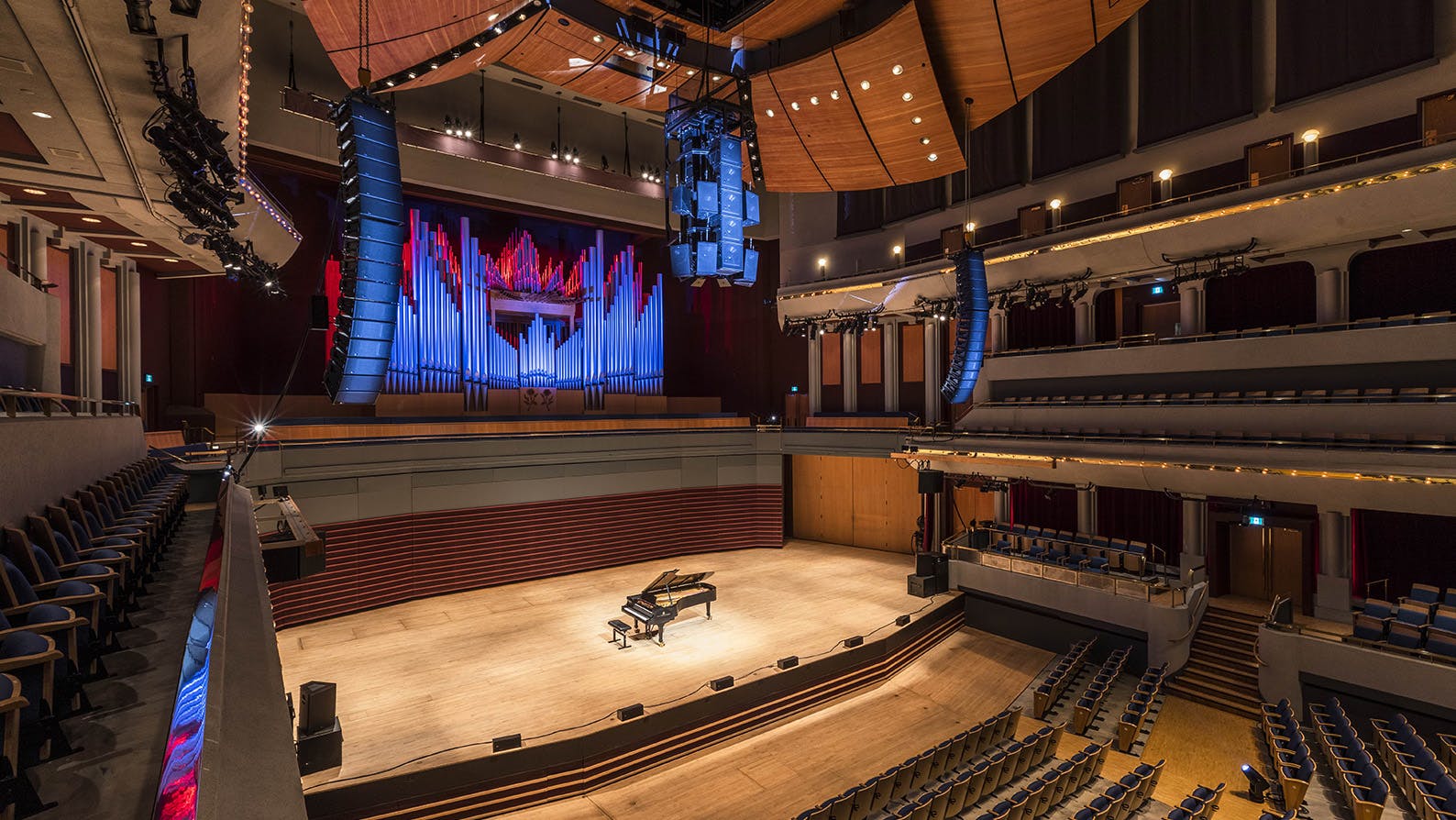
Above: Arts Commons underwent a series of changes during facility closures to enhance virtual performance experiences.
Act 2: “Who are we without our building?”
Enter, stage left: Community.
When it comes to fleshing out Arts Commons’ reason for being, Sarian starts with community.
“Arts organizations can only ever be successful when they embrace their responsibility to community above artistic responsibility,” he says. “The pandemic invited us to examine how we engage with our community and has been a unique opportunity to connect on the level of shared human experience. We were all going through similar challenges and in learning about how people were doing, it led to conversations about how Arts Commons could support the well-being of our community.”
Sarian describes how this underestimated task crystallized the organization’s focus in three areas:
Sarian notes a physical building was not needed when it came to leaning into these three areas, especially when indoor, in-person audiences were restricted.
This focus led to redesigned programming, technology collaborations and new community partners. It also breathed new life into the Arts Commons Transformation project which, as of this year, received full funding for phase one.
Costume change
“Government support programs meant we retained over 90 per cent of our full-time staff over the course of the pandemic,” Sarian says. “And they weren’t just sitting around.”
An empty building presented the perfect opportunity for the staff responsible for maintaining Arts Commons to devote more time and attention to its upkeep, and make technology enhancements to position Arts Commons as a future-friendly venue.
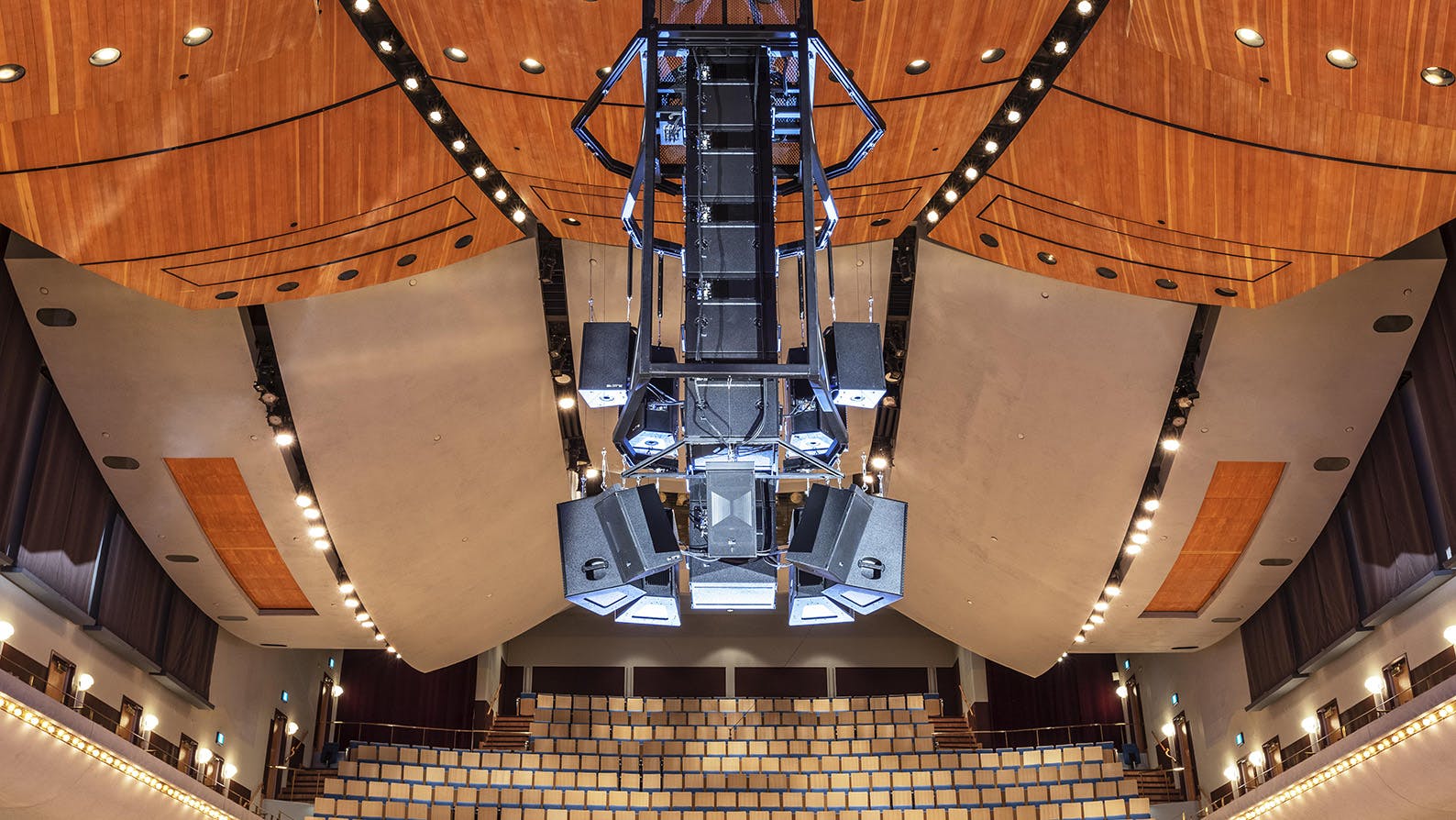
Above: Facility enhancements to the Jack Singer Concert Hall included audio-visual technology upgrades.
For staff whose roles were diminished or had disappeared, they were presented with a series of questions to help them identify how they could be of value to Calgary in the moment:
- Is there someone else on the team you can support?
- Is there a resident company in the building that would benefit from your skills?
- Is there an organization in the community you can volunteer your time with?
- The relationship with technology is here to stay to support new ways of consuming and creating art.
- Arts Commons can support 2,000 events a year. Given its work in reconciliation, diversity and inclusion, along with lessons learned through the pandemic, the organization plans to be more intentional and strategic when passing the mic.
- Not all sectors will bounce back at the same speed. Arts organizations can’t just flip a switch to reopen, and governments will need to recognize that to support a smooth transition.
- Arts Commons, and the arts organizations it serves and partners with, will be easing back into live audiences events with care and will be sharing more on the upcoming season in the weeks ahead.
This allowed Arts Commons to broaden its community impact while also keeping the team engaged with the arts community, Calgarians and each other.
“We know many arts organizations exist in a constant space of fragility,” Sarian says. “We were fortunate to be in a position where we could be both generous and adventurous in fulfilling our civic and artistic responsibilities. The team embraced the opportunity to serve Calgary in new and different ways.”
Act 3: A new stage
When asked about the future of performing arts in Calgary, Sarian thinks instantly about diversifying our economy.
“For those reasons, I want Calgarians to know the Arts Commons Transformation and other arts initiatives aren’t just an exercise in spending money,” he says. “These projects are also an investment in our community with a tremendous return on investment for our city.”
As for the immediate future of Arts Commons, Sarian speaks honestly about the challenges ahead. “The live performing arts have almost become like a luxury good consumed by too few people. We need to break down barriers to participation – whether those barriers are financial, physical or perceived. The arts are needed to build community, protect mental health and foster inclusion.”
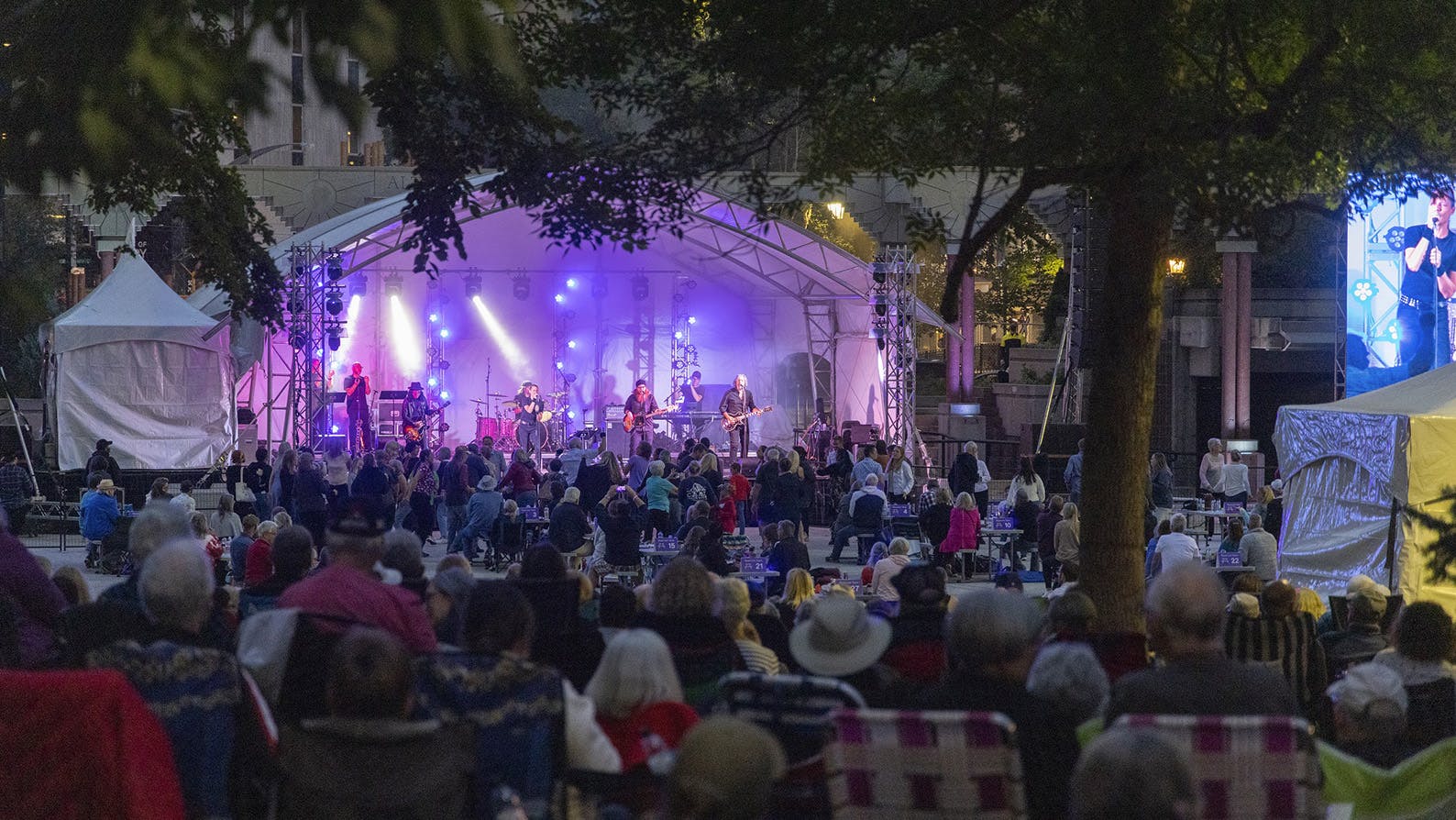
Above: Classic Albums Live performing at Showtime, and Arts Commons event. Photo Credit: Mike Hopkins
Encore!
How will Arts Commons look different in the months and years ahead? Sarian draws the spotlight to how they’ll move forward:
Last July, before the world started to feel the true weight of the pandemic, Sarian tweeted: “Science will get us out of this, but the arts will get us through it.” Over a year later, he says he hopes this time has shown the value of the arts in daily life.

